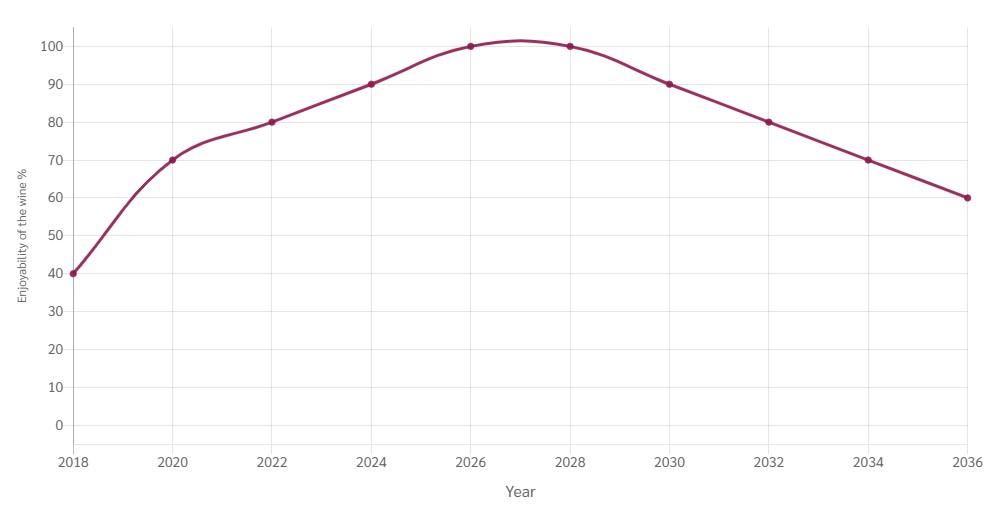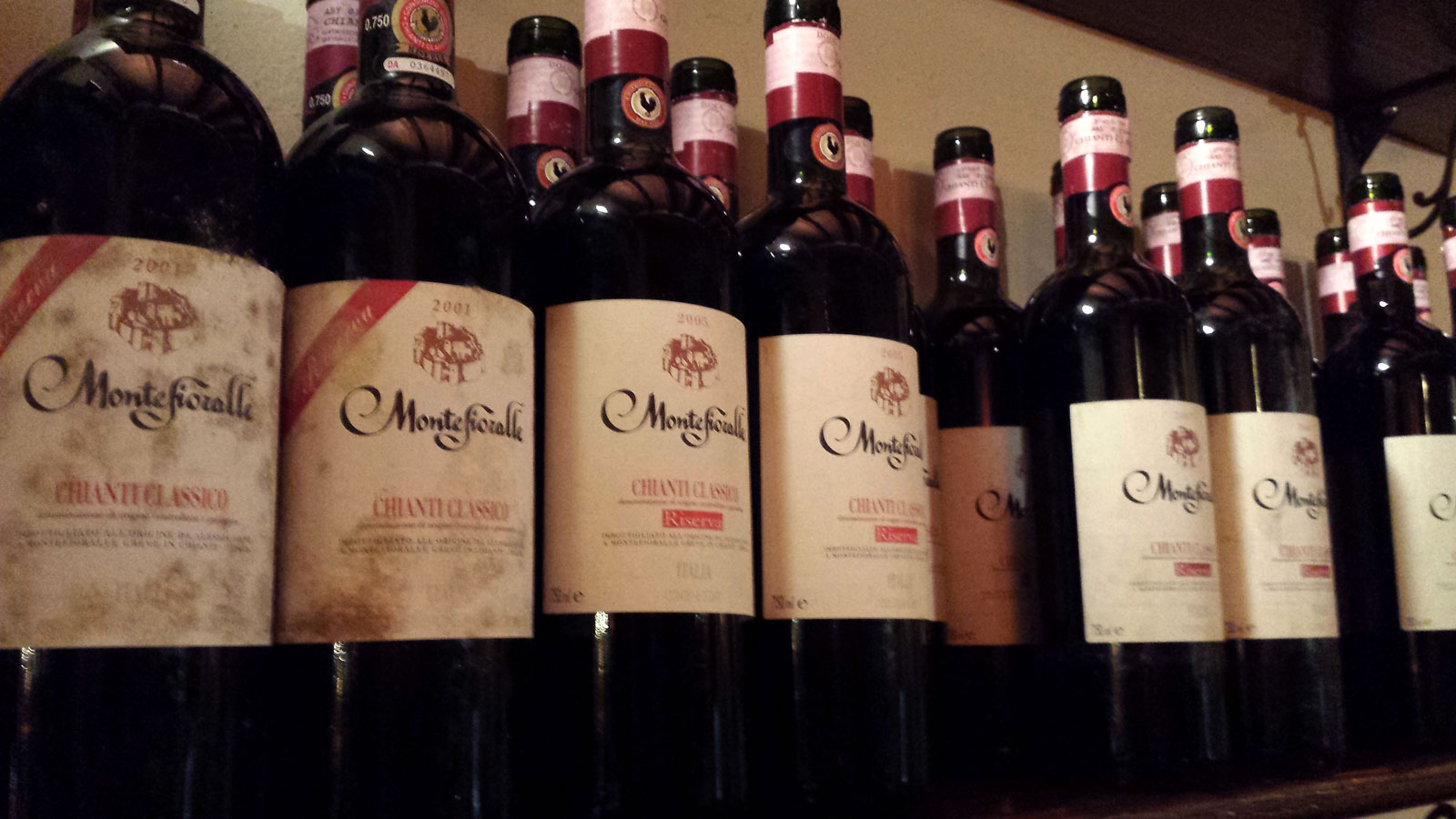When is the best moment to drink a wine?
Many of you among our clients and friends often ask us about the best moment to drink a certain vintage in a certain category of wine. I generally suggest that you wait about 5 or 6 years from harvest time when it comes to our Chianti Classico, 10-12 years for the Riserva, and 15 years for both our Monteficalle IGT and our Gran Selezione.
However, I always point out that the indications above are very general and that it depends, in the end, on personal preferences and, above all, on the uniqueness of each vintage. Each vintage is, in fact, destined to have its own specific maturation curve that makes it different from all the others, depending on the climate and the characteristics of the harvested grapes.
A Riserva produced in an excellent year can need a longer maturation time, seeming a bit nervous during the first years to only reach its height further on. On the other hand, the same Riserva produced, for example, in a too warm year can be enjoyable to drink already young but risks declining prematurely during the aging.
How can you then understand when it is the best moment to drink a bottle of wine that you have bought? To reply simply, I have decided to insert an individual maturation curve for each wine we have on our website!
You only need to visit the section “Our wines” on the website, click on the category of wine, choose one of the indicated vintages and look at the graphic with the maturation curve. Alternatively, you can also scan the QR Code on the back label of the bottle (this kind of QR code exists on Chianti Classico Annata, Riserva, and Gran Selezione wines from 2010 onwards) with your smartphone.

The Y-axis in the graphic shows you the maturity percentage and the evolution of the wine, i.e. its “level of enjoyment”, while the years in a temporal line are indicated on the X-axis.
We suggest that you drink the wine in a moment when the curve is close to its peak between 90% and 100%. Quite easy, right?
Be aware though that until the wine can effectively reflect the development of the curve, it needs to be stored correctly, safe from light but, above all, at a constant temperature that does not exceed 20° C (68° F) even during summertime. If you cannot manage to comply with these conditions, I suggest that you drink the wine earlier, after two or three years.
Why does a wine change with aging?
What is changing in the wine through aging? To explain this simply and without entering into biochemical territory, let us have a closer look at what happens to the fundamental components of the wine:
Tannins
The tannins, i.e. that slightly bitter component in red wine that feels astringent on your tongue and gums, smoothens out with aging making it less perceivable in the mouth. A young red wine will have a much more pronounced level of tannins that it will then liberate itself from completely (or almost) after roughly ten years.
Acidity
The acidity can be described as the “backbone” of wine and determines its longevity. Furthermore, it is the element that makes the wine easy to drink and that it does not seem too heavy. Even in this case, the acidity in the wine will diminish with the years (or at least be perceived as such).
The broad array of aromas
The bouquet of aromas is another evident change regarding the maturation of the wine. A young wine will have a noticeable aromatic intensity but a limited number of discernible scents. As it gets closer to the peak of the curve, the bouquet becomes richer and more complex. After the peak, the intensity and power of the aromas will dim as the descending trajectory continues.
Body
The body (or structure) represents the intensity of the wine and the feeling of “weight” that it has in the mouth. It is determined by the alcohol and the non-volatile substances that are dissolved in the wine. Also, in this case, the wine will lose body as time goes by and become lighter as the wine enters the descending curve.
We have thus seen that there are characteristics in the wine that change with aging and that is why the same wine can give us different sensations when tasted from year to year

A recommendation
Is there a better way to understand the development of the maturation curve? If you have several wine bottles of the same vintage, you can try to taste them one year after the other and take detailed notes of the impressions and organoleptic notes. When you have drunk the last bottle of the wine in question, you can gather your notes and look at the differences.
Perhaps you could even share them with us and in our Facebook community.




